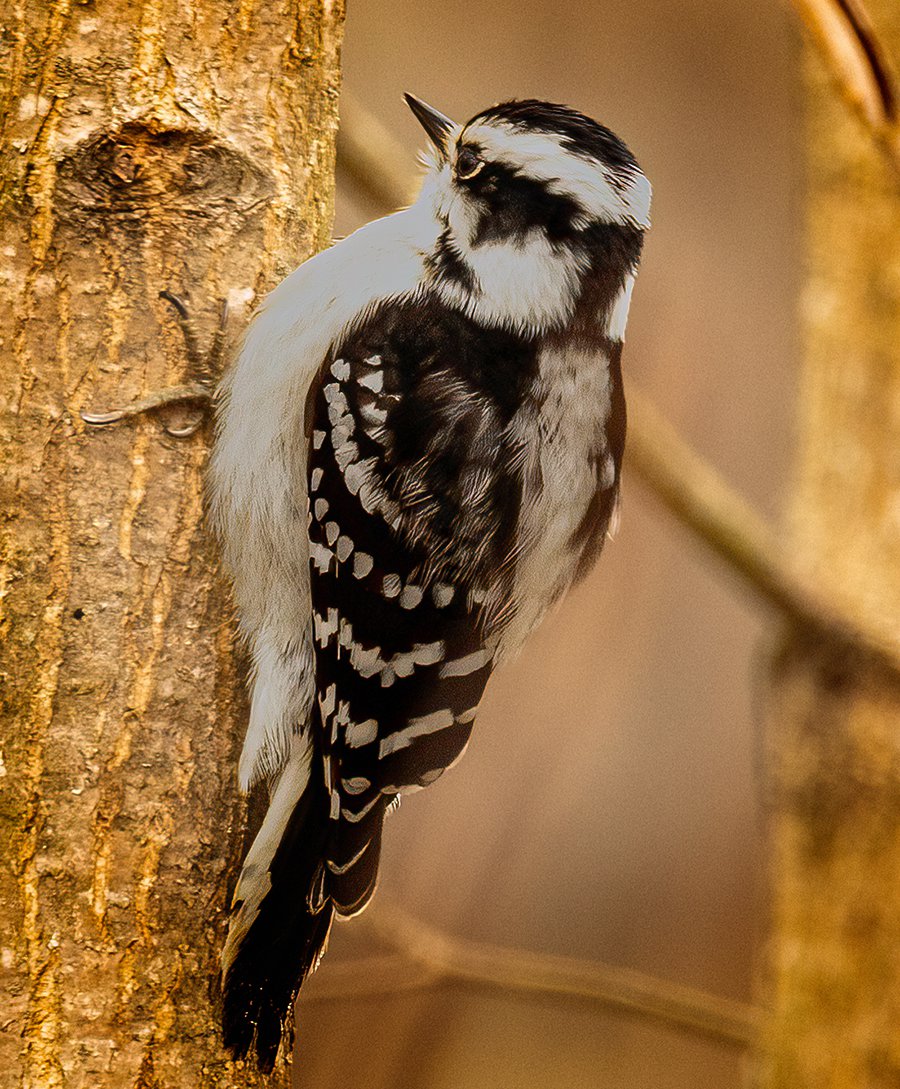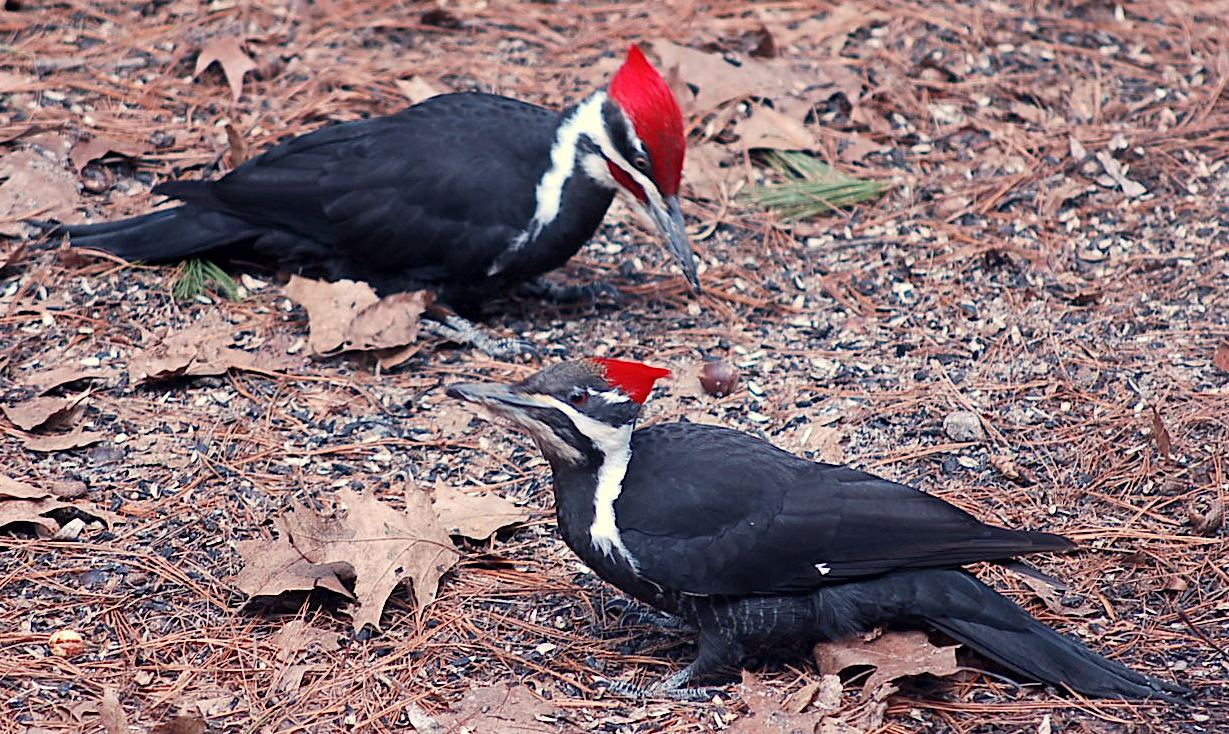Experiencing Woodpeckers in Florida: Species Variety and Recognition
Experiencing Woodpeckers in Florida: Species Variety and Recognition
Blog Article
Woodpeckers Unleashed: Discovering the Wonders of These Experienced Tree Mountain Climbers
Woodpeckers, with their distinctive markings and balanced drumming resembling with wooded locations, hold an one-of-a-kind area in the bird globe. Their specialized makeup and adaptations enable them to navigate upright surfaces with unparalleled skill. Nonetheless, their mastery of tree climbing is simply one aspect of their interesting actions. As we delve into the complex information of woodpeckers' nesting routines, feeding strategies, and the continuous preservation efforts to safeguard these exceptional birds, a much deeper gratitude for their area in nature unfolds.
Anatomy and Adaptations
When taking a look at the anatomy and adaptations of woodpeckers, one can observe impressive functions that make it possible for these birds to prosper in their specialized ecological particular niche. Additionally, woodpeckers have zygodactyl feet, with two toes encountering ahead and two facing in reverse, giving a firm grasp on tree trunks while they search for food or drum for interaction.
Moreover, woodpeckers have an unique tongue framework that is long, barbed, and sticky, enabling them to remove bugs from crevices in timber. This specialized adjustment permits woodpeckers to exploit a food resource that is inaccessible to numerous other bird types. On the whole, the composition and adaptations of woodpeckers display the exceptional transformative solutions that have enabled these birds to prosper in their arboreal environment.
Drumming Behavior
Having checked out the composition and adaptations of woodpeckers, the emphasis now shifts to comprehending their drumming behavior, an unique facet of their interaction and territorial screens. Drumming is a vital kind of interaction among woodpeckers, offering multiple objectives such as establishing areas, drawing in friends, and signaling alarm system. Each woodpecker species has a distinct drumming pattern that aids people identify members of their own varieties and differentiate them from competitors or killers.
Woodpeckers generate drumming audios by swiftly pecking on resonant surfaces such as dead trees, energy poles, or also steel objects, producing a series of balanced beats. The strength and rate of drumming can vary based upon the function; as an example, a rapid drumming series may indicate hostility towards trespassers, while a slower and softer drumming pattern can show courtship (Woodpeckers in Florida). Additionally, woodpeckers may change the frequency and duration of their drumming to communicate specific messages successfully
Nesting Routines
Discovering the nesting practices of woodpeckers discloses remarkable understandings right into their reproductive actions and environment selections. Woodpeckers are understood for their one-of-a-kind nesting choices, often digging deep into cavities in trees to produce protected rooms for raising their young. These tooth cavities serve not only as a nesting site yet additionally as a safe and secure sanctuary from killers and inclement weather.
Woodpeckers exhibit a high degree of fidelity to their nesting sites, often going back to the exact same location year after year. This actions highlights the relevance of ideal habitat accessibility for their reproductive success. The choice of a nesting site is critical for woodpeckers, with variables such as tree types, elevation, and decay stage playing significant roles in their decision-making procedure.
Interestingly, some woodpecker species are recognized to dig deep into numerous dental caries this within their territory, providing themselves with different nesting alternatives. This approach might work as a form of insurance coverage against prospective hazards or disturbances to their main nesting website.

Feeding Techniques
Woodpeckers employ a selection of specialized feeding strategies to acquire their key food resources. One of the most unique feeding behaviors of woodpeckers is drumming, which involves rapid pecking on trees to uncover pests underneath the bark. This drumming not just aids them find victim but additionally functions as a way of interaction with various other woodpeckers. Woodpeckers have strong, chisel-like beaks that enable them to pierce right into timber easily. As soon as an opening is produced, they utilize their lengthy, barbed tongues to remove insects such as ants, beetles, larvae, and spiders. These tongues are coated with sticky saliva that helps trap the target. Woodpeckers are also recognized to excavate tooth cavities in trees to accessibility concealed insect larvae or sap. Some types, like the acorn woodpecker, shop nuts in specially produced holes called granaries. This critical storing of food helps them survive throughout food shortage durations. Woodpeckers are really amazing in their feeding methods, showcasing versatility and intelligence in procuring their nourishment.
Preservation Efforts
Among the complex feeding methods displayed by woodpeckers, the preservation initiatives targeted at safeguarding these interesting birds play an essential role in preserving their environments and populaces. Woodpeckers face numerous dangers to their survival, including environment loss due to logging, environment change altering their ecosystems, and collisions with synthetic structures such as structures and lorries - Woodpeckers in Florida. Preservationists are proactively working to deal with these difficulties and ensure the long-lasting well-being of woodpecker species

Education and public awareness campaigns are likewise this hyperlink essential components of woodpecker conservation initiatives. By elevating awareness about the relevance of these birds in keeping healthy forest ecosystems, conservationists can gather assistance for environment conservation campaigns and advertise liable land monitoring methods. Via collaborative initiatives in between scientists, policymakers, and local neighborhoods, we can collaborate to safeguard a future where woodpeckers grow in their natural habitats.
Verdict

Report this page